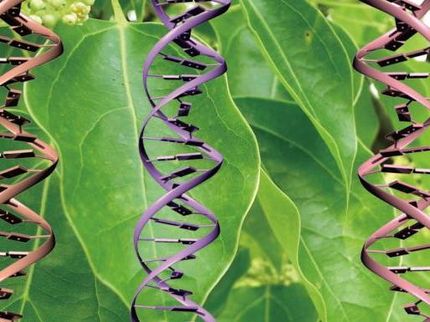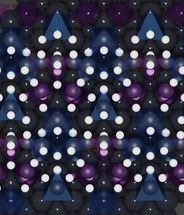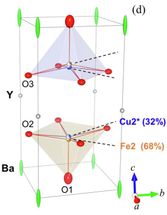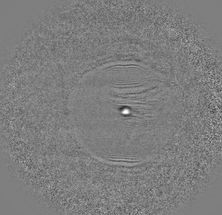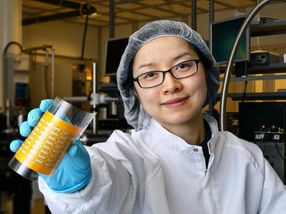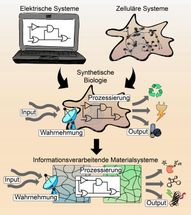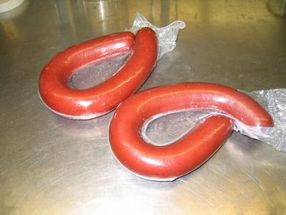A fresh look inside the protein nano-machines
proteins perform vital functions of life, they digest food and fight infections and cancer. They are in fact nano-machines, each one of them designed to perform a specific task. But how did they evolve to match those needs, how did the genes encode the structure and function of proteins? Researchers from the University of Geneva (UNIGE), Switzerland, the Institute for Basic Science, Korea, and the Rockefeller University, United States, have conducted a study that tackles this yet unanswered question, and explains the basic geometry of the gene-to-protein code, by connecting proteins to properties of amorphous physical matter. The full article appears in Physical Review X.
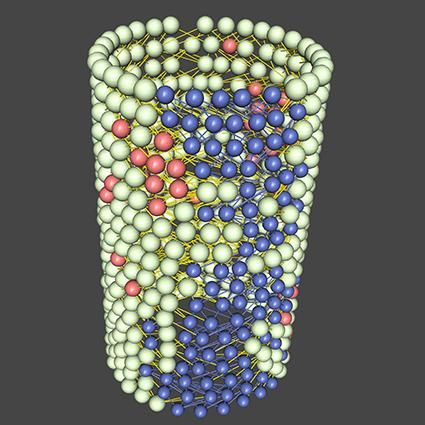
The essential nano-mechanic features of proteins can be conveniently studied by a simplified geometry. Taking, for example, a cylinder, and asking for «evolution» to find a fluid channel (shown in blue) a multitude of realistic properties of real proteins appear naturally, and exhibit the advantage of conceptual, rather than detailed models of proteins.
© UNIGE - Jean-Pierre Eckmann
A protein is a chain made of twenty different kinds of amino acids with elaborate interactions, and, unlike standard physical matter, it is selected by evolution. "The blueprint for protein synthesis is written in long DNA genes, but we show that only a small fraction of this huge information space is used to make the functional protein", explains Jean-Pierre Eckmann, Professor at the Department of Theoretical Physics from the Faculty of Science of UNIGE.
Together with Prof. Tsvi Tlusty from the Center for Soft and Living Matter, Institute for Basic Science (IBS) in Korea and Prof. Albert Libchaber from the Rockefeller University in New York, Prof. Eckmann shows that the only changes in the code that matter are those occurring in the segment of the gene coding the mechanically relevant hinges of the nano-machine. The changes in other regions of this highly redundant code have no impact. "We are now using this new approach to understand the relation between the function and dynamics of several important proteins."
Most read news
Other news from the department science
These products might interest you
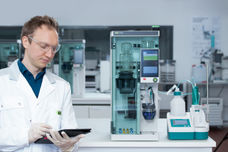
Kjel- / Dist Line by Büchi
Kjel- and Dist Line - steam distillation and Kjeldahl applications
Maximum accuracy and performance for your steam distillation and Kjeldahl applications
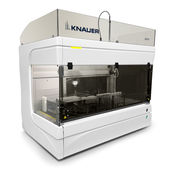
AZURA Purifier + LH 2.1 by KNAUER
Preparative Liquid Chromatography - New platform for more throughput
Save time and improve reproducibility during purification

Get the analytics and lab tech industry in your inbox
By submitting this form you agree that LUMITOS AG will send you the newsletter(s) selected above by email. Your data will not be passed on to third parties. Your data will be stored and processed in accordance with our data protection regulations. LUMITOS may contact you by email for the purpose of advertising or market and opinion surveys. You can revoke your consent at any time without giving reasons to LUMITOS AG, Ernst-Augustin-Str. 2, 12489 Berlin, Germany or by e-mail at revoke@lumitos.com with effect for the future. In addition, each email contains a link to unsubscribe from the corresponding newsletter.
